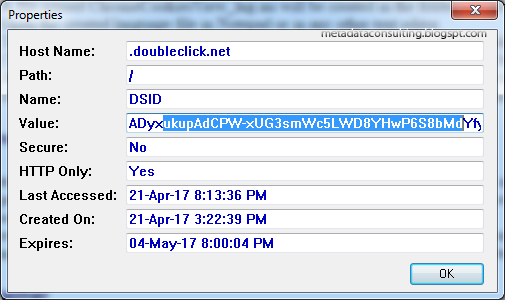This post's video will disprove the following popular cultural beliefs;
There are very times I would use the label genius, but it applies to Dr. Seth Lloyd and he's break boundaries of space. For the uninitiated, Dr. Seth Lloyd, a MIT professor, quantum experimentalist (his words) and is the lead voice in quantum mechanics and who dubbed the term "Quantum Hanky-Panky" and published hit PHD Thesis April 1, 1988, proving humor, fun and math go hand-in-hand.
He describes the quantum mechanics of time travel during a guest lecture at the Institute for Quantum Computing, University of Waterloo. Recorded on Nov. 4, 2010 (how did I miss this?), this is the entire lecture entitled "Sending a Photon Backwards in Time."

Time travel is explained near the end of the lecture at time 59:40 (https://youtu.be/yCQ_3qE6SmQ?t=3580)
According to Dr. Seth Lloyd;
Are qubits timeless then? (my 4 cents). Has Seth just broken timespace in half? There has been some theories suggesting that we spacetime is broken, and you can replace completely rewrite gravity as an Entropic Force!
Seth's alludes that he has mathematically proven and has the experimental evidence the above holds true.
So you cannot go in the past and change things in the future. So self-consistency applies in the universal spacetime fabric.
Seth proves you cannot kill yourself in the past and change a potential future outcome and worlds.
Countless plot lines and sci-fi adventures like Back to the Future, Continuum, have been proven not feasible. The sci-fi world is going to collapse into itself in an apocalyptic idea black-hole singularity:)
So this disproves 1, 2, 3 above. Sorry folks.
- The "Grandfather Paradox" was described as early as 1931, and even then it was described as "the age-old argument of preventing your birth by killing your grandparents".[5] Early science fiction stories dealing with the paradox are the short story Ancestral Voices by Nathaniel Schachner, published in 1933, and the 1943 book by René Barjavel Future Times Three.
- The "butterfly effect" coined by Edward Norton Lorenz (1972), but first alluded to in the Ray Bradbury's 1952 short story "A Sound of Thunder". Ray Bradbury's concept of how the death of a butterfly in the past could have drastic changes in the future is a representation of the butterfly effect, and used as an example of how to consider chaos theory and the physics of time travel.
- The so called "Mandella effect" popularized in 2010. The Mandela Effect refers to a phenomenon in which a large number of people share false memories of past events, referred to as confabulation in psychiatry and currently disproved.
Some have speculated that the memories are caused by parallel universes spilling into our own (thereby rewriting our past and present memories) this will proven impossible.
There are very times I would use the label genius, but it applies to Dr. Seth Lloyd and he's break boundaries of space. For the uninitiated, Dr. Seth Lloyd, a MIT professor, quantum experimentalist (his words) and is the lead voice in quantum mechanics and who dubbed the term "Quantum Hanky-Panky" and published hit PHD Thesis April 1, 1988, proving humor, fun and math go hand-in-hand.
He describes the quantum mechanics of time travel during a guest lecture at the Institute for Quantum Computing, University of Waterloo. Recorded on Nov. 4, 2010 (how did I miss this?), this is the entire lecture entitled "Sending a Photon Backwards in Time."

Time travel is explained near the end of the lecture at time 59:40 (https://youtu.be/yCQ_3qE6SmQ?t=3580)
Summary
Watch the whole thing to understand it, but at a minimum a qubit is is a two-state quantum-mechanical system, such as the polarization of a single photon. It's as theoretical as close as you will get to time travel.According to Dr. Seth Lloyd;
- qubits can travel back in time
- a qubit state in a past cannot be change to alter the state of the same qubit in the future
Are qubits timeless then? (my 4 cents). Has Seth just broken timespace in half? There has been some theories suggesting that we spacetime is broken, and you can replace completely rewrite gravity as an Entropic Force!
Seth's alludes that he has mathematically proven and has the experimental evidence the above holds true.
So you cannot go in the past and change things in the future. So self-consistency applies in the universal spacetime fabric.
Seth proves you cannot kill yourself in the past and change a potential future outcome and worlds.
Countless plot lines and sci-fi adventures like Back to the Future, Continuum, have been proven not feasible. The sci-fi world is going to collapse into itself in an apocalyptic idea black-hole singularity:)
So this disproves 1, 2, 3 above. Sorry folks.









